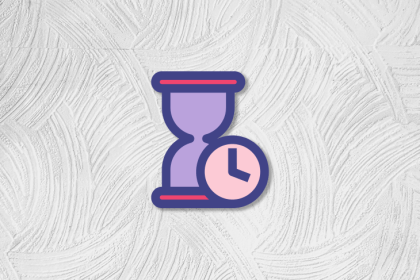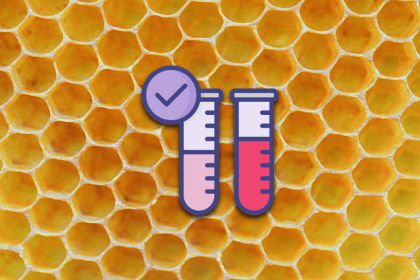
Chaos engineering is an approach to testing where hypothetical failures are intentionally introduced to see how your product responds.

Management meetings are a regularly occurring meeting between company leaders for a variety of different top-level reasons.

We often attribute a company’s success to hard work and execution, but timing is equally crucial (remember SmarterChild?). In this guide, we explore strategies to devise an effective time to market strategy for your product.

A network diagram is a visual tool that allows you to evaluate your tasks and understand their relationship to one another.

PRINCE2 is a product-focused project management methodology that concentrates on identifying, defining, and managing products.

The DORA group outlines specific metrics to track and work towards in order to get the most out of your product.

All in all, an action plan (especially when finely tuned and strategic) complements your product strategy by providing an actionable roadmap to success.

Site reliability engineering (SRE) is a software management approach that seeks to bridge the gap between development and operations teams.

Quality assistance is a model where quality assurance is not seen as a separate activity, but rather as a shared responsibility of the whole team.

A project sponsor oversees projects and ensures that they advance the business’s goals, missions, and overall vision.

Mean time to repair (MTTR) measures the time required to identify a product failure and bring the product to its normal operating status.

The theory of constraints recognizes that each system has at least one constraint that prevents it from achieving its long-term goal.